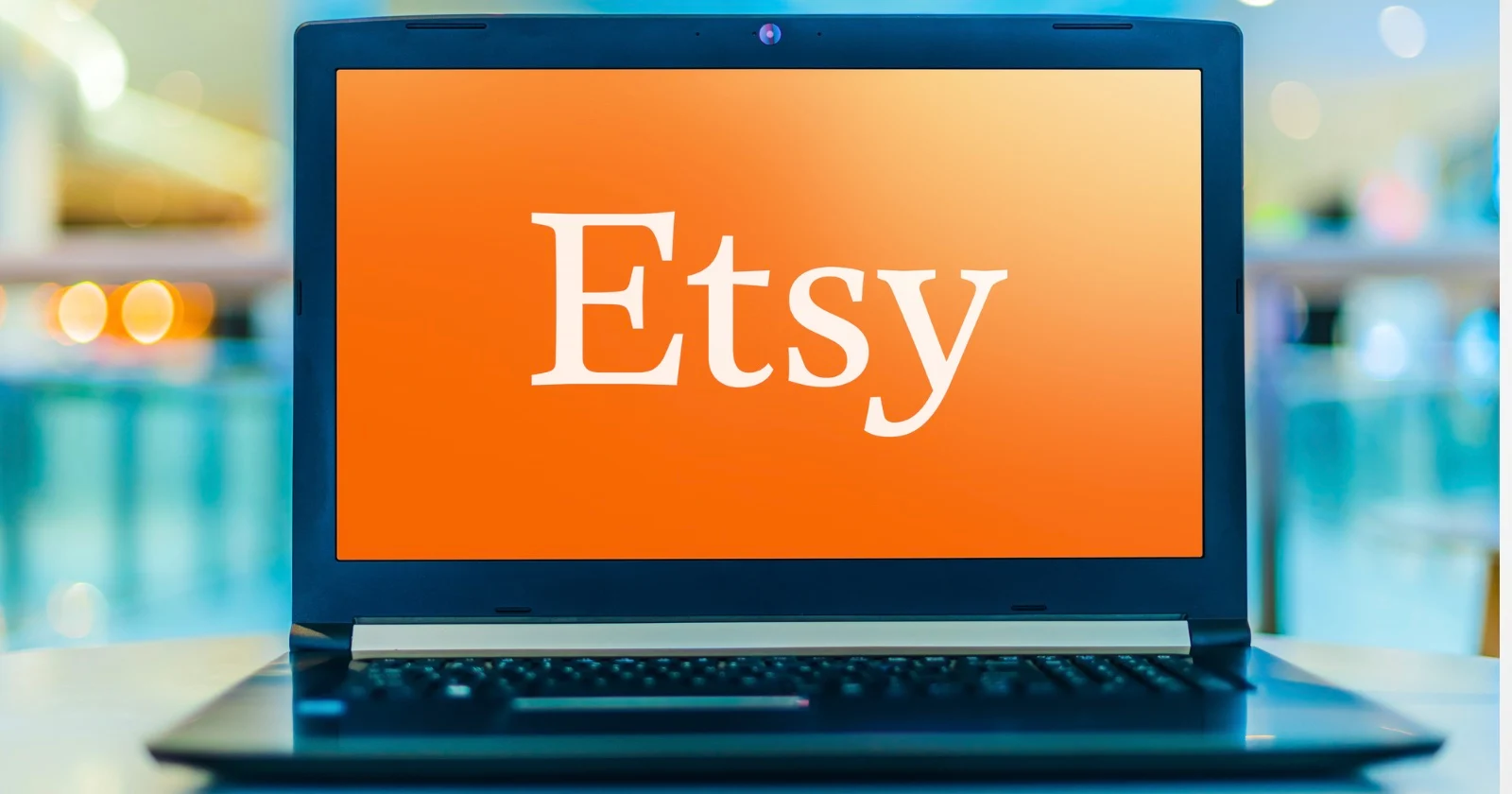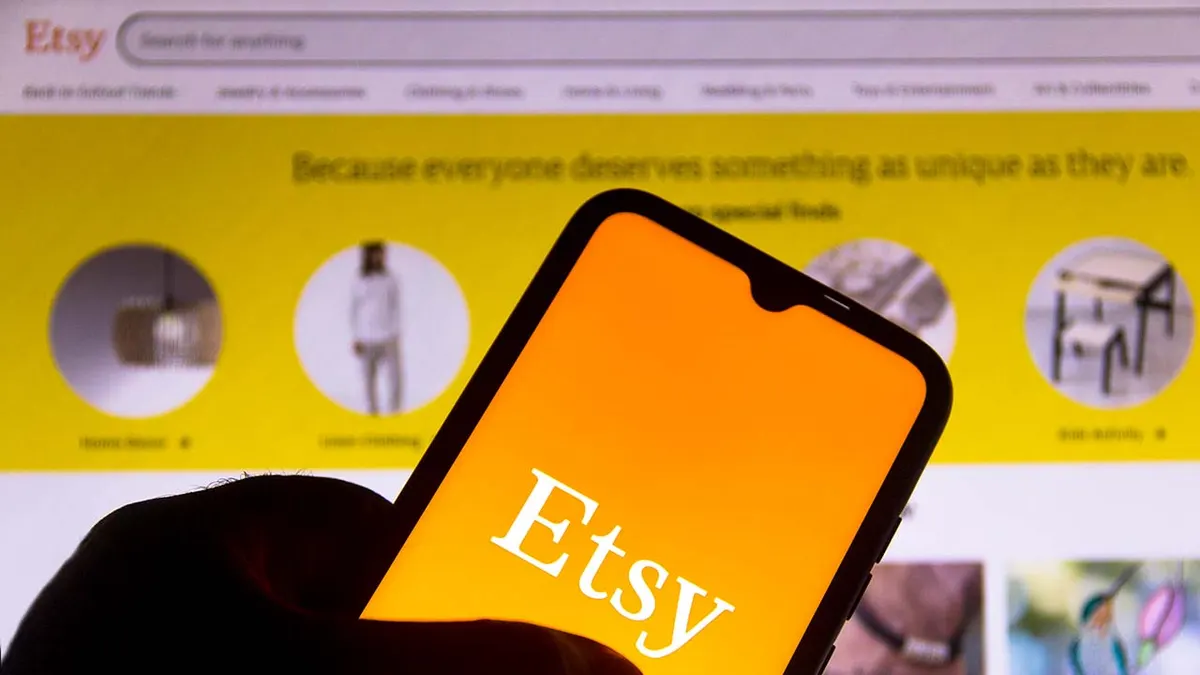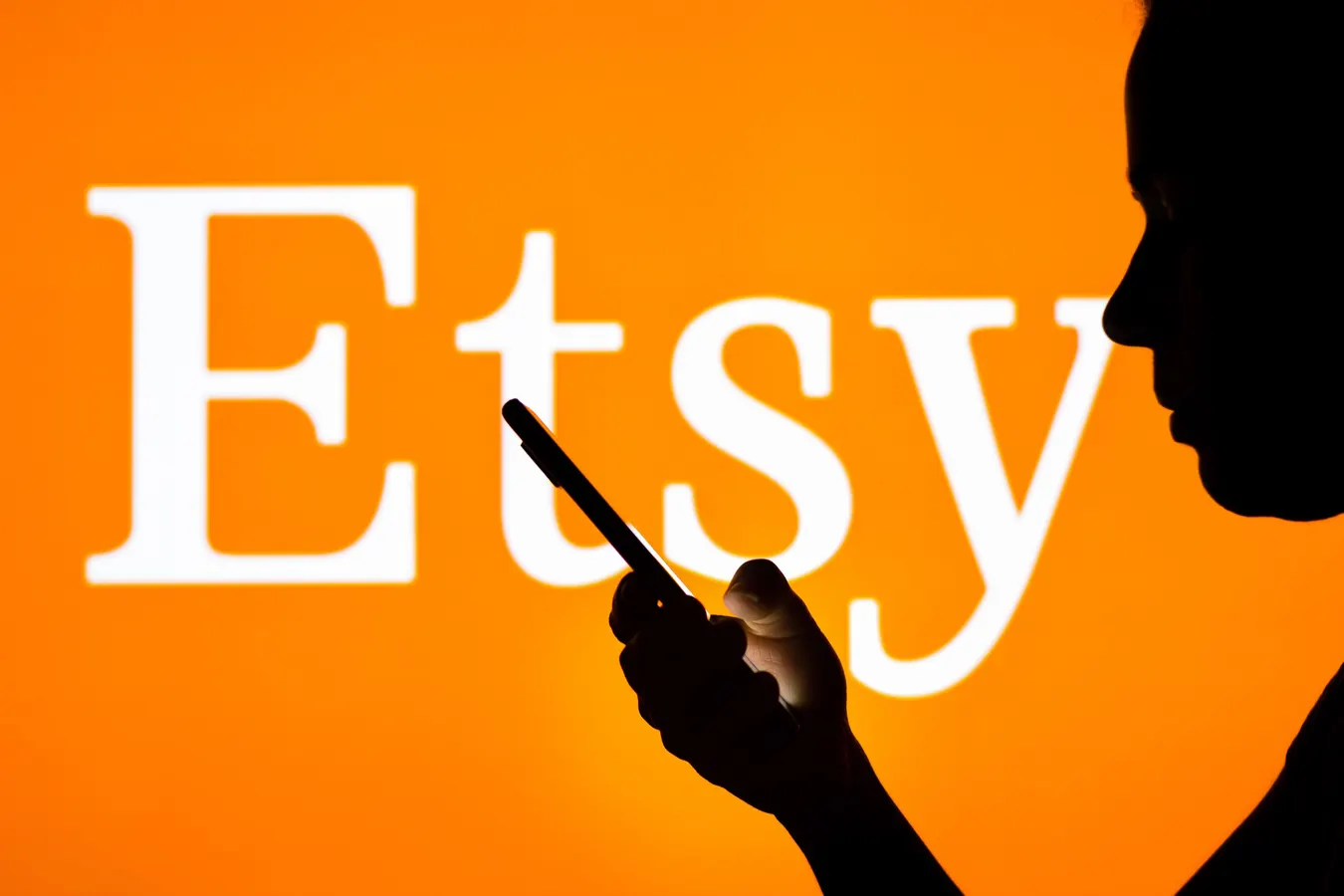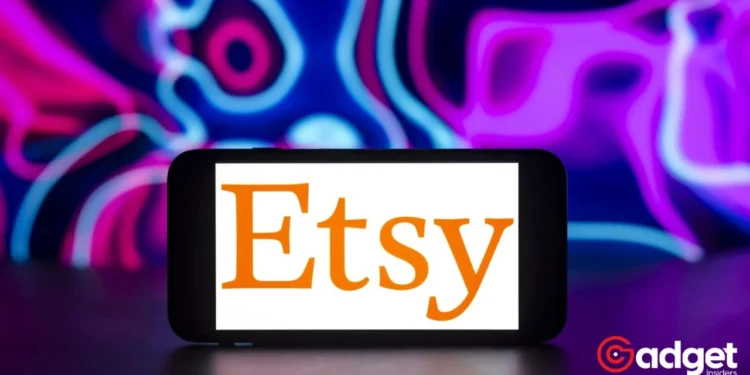In the bustling digital marketplace of Etsy, known for championing small-scale artisans and their handcrafted treasures, a new player has emerged, challenging the very definition of ‘handmade’. Artificial Intelligence (AI) generated art, once a distant thought, is now at the forefront of a growing controversy that pits traditional craftsmanship against the boundless possibilities of digital creation.
The emergence of AI tools, like Midjourney, that produce art without clear disclosure of their synthetic origins has stirred a mix of frustration, ethical dilemmas, and existential questions among artists, buyers, and observers alike.
Etsy: A Marketplace in Disarray
“I was so mad at myself for not noticing it was AI before purchasing,”
says a Reddit user who stumbled upon a suspiciously affordable stock photo with glowing reviews. The seller, CanArtStudio, offers no clue in its ‘About’ section that its wares, primarily mockups for T-shirt businesses, are AI-generated.
Priced at a fraction of what one might expect to pay for genuine photography, these items epitomize the growing unease about what ‘handmade’ means in the age of AI.

Critics are not sparse. From the watercolor artists lamenting the dilution of their craft by AI-generated pieces to those who’ve witnessed firsthand the oddities and glitches AI can produce—like a baby with six fingers—there’s a palpable sense of betrayal.
These voices echo a broader concern: the fear of genuine creativity being overshadowed by the efficiency and scalability of machines.
Legalities, Ethics, and the Soul of Artistry
Etsy’s policies, silent on the AI issue, reflect the legal ambiguity surrounding AI-generated works. While the US Patent Office’s recent decision to recognize AI-assisted inventions as patentable, provided human involvement is disclosed, offers a glimmer of hope, it also underscores the complexity of defining authorship and creativity in this new era.

CanArtStudio’s success, with over 82,000 sales and a 5-star rating, illustrates a conundrum. If AI-generated products meet customer satisfaction, where does the problem lie?
The answer, as many argue, is in the devaluation of human craftsmanship and the ethical quandaries posed by such technological advances. The ability to replicate or even impersonate an artist’s style through AI not only raises copyright concerns but also questions about the essence of artistic identity.
The Future of Handmade: Etsy Reconciling Tradition and Innovation
As Etsy navigates these turbulent waters, the debate extends beyond legalities into the realm of value, identity, and the meaning of art itself. The issue isn’t just about the authenticity of the ‘handmade’ label but also about the future of creativity in a world where technology blurs the lines between the artisan and the algorithm.
Is AI Ruining Etsy? Loosening Definition of 'Handmade' Frustrates Artists, Buyers https://t.co/hzJIQAQwIn
— PCMag (@PCMag) March 15, 2024
The challenge for platforms like Etsy, artists, and the broader creative community is to find a balance. This balance must honor the traditions of craftsmanship while embracing the possibilities that AI and digital tools offer.
It involves redefining what it means to be an artist or a craftsman in the 21st century and ensuring that technology serves to enhance human creativity rather than diminish it. In the heart of this debate lies an opportunity—a chance to reimagine the boundaries of art, craftsmanship, and creativity.
As the digital and physical realms converge, the true measure of success will be how well we can merge the best of both worlds, celebrating the unique qualities that the human touch brings to the art while harnessing the power of AI to expand the horizons of what is possible.

The journey ahead is fraught with challenges and uncertainties, but it also brims with potential. In this evolving landscape, the value of art and craft may well lie in their ability to reflect both our humanity and our aspirations toward a future where technology and tradition coexist in harmony.










